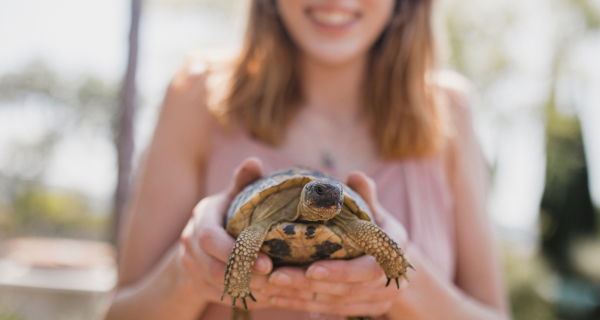
Article supplied by ULTIMATE REPTILE SUPPLIERS Pty. Ltd.
Licensed Dealers in Captive Bred Reptiles
www.ultimatereptiles.com.au
As published in The Pet Directory

CAGING:
Aquariums are ideal for keeping young tortoises. The easiest way to adapt your basic aquarium for young tortoises is by gluing a smooth edged piece of glass, the same size as the width of the inside of the aquarium, and only a quarter of the length. You can use a silicone rubber sealant to glue the glass together. Also glue a small piece of glass to the edge of your platform, to form a lip, for easy access in and out of the water. This platform is your dry area. The water level should always be right up to the platform as tortoises cannot jump! If using tap water, you should always consider using a tap water conditioner that removes chlorine as this can be harmful to your animal.
HYGIENE is very Important! you must install an aquarium water filter, to keep the water clean. The water will also have to maintain a neutral level of pH 7, to reduce disease. A pH testing kit, together with chemicals to adjust the pH level, can be purchased from most pet shops. All young tortoises must be kept in heated water, the ideal temperature being 22-25 degrees celsius. At low temperatures they do not usually eat or if they do, their food is not digested properly and they can die. Also, in winter, they may even hibernate, which can be very dangerous for young animals that do not have enough body fat to sustain them through this inactive time. At high temperatures they will overheat and painfully die, so the addition of an electric glass tube type aquarium heater is ideal for keeping the water heated. These have a thermostat built in to maintain the desired water temperature. Always use a water thermometer just in case the thermostat is faulty. Large aquarium gravel is best for the bottom of the aquarium. They are less likely to try and eat it!! And remember, if it is basic, it is easy to keep clean.

Ultraviolet light must be provided for healthy shell formation. ReptiStar UVB tubes aid in preventing ‘soft shell’ problems in captive tortoises and also helps in all round growth and health. ReptiStar UVA/UVB tubes and fixtures are available from URS (Ultimate Reptile Suppliers) in a variety of sizes. Lighting fixtures should be mounted to the lid of the enclosure minus the glass lids (most UVB does not pass through glass) The UV output of these tubes has a limited life and the tubes should be renewed every 6 to 12 months even though they still show visible light. Only have these lights turned on during daylight hours.
Do not ever put the aquarium into direct sunlight. The water and tortoise will overheat and die. Ultraviolet tubes imitate the sun and are not harmful.
FOOD: It is very important to provide young tortoises with a variety of nutritious foods. They grow rapidly and need a good diet so they can produce a strong shell. Food should be cut up into tiny pieces and it is best to provide as much variety as possible. These foods are suitable: Raw lean meat (e.g: steak with the fat removed, lambs heart), raw fish, Mealworms and Earthworms (chopped), Pond snails, Mosquito larvae (wrigglers) and Hatchling Aquatic Turtle food (available from URS) which is vitamin enriched floating pellet food for tortoises. It is a low protein food and the pellets float on the surface of the water, making cleaning much easier. Vitamins are an important part of your tortoises diet. If not using a vitamin enriched food, vitamin supplements should be given weekly. Also try to establish various water plants. With these plants you will find small invertebrates upon which the tortoises will feed. Wrigglers and plants are sold in many pet shops.
Do not leave any uneaten food in the aquarium as it will foul the water providing an unclean environment for your tortoise. Feed tortoises daily for the first few months, decreasing to three times weekly at two years of age. It is best to
feed your turtle in a separate container from your main aquarium. A 2 litre ice-cream container is a good idea. Put a couple of cm of water in this and then after you have fed your turtle, you can turf the dirty water.
Dr Turtle (available through URS) is a slow release medicated sulfa block that helps to prevent common bacterial and fungal diseases a must for tortoises, one Dr Turtle block treats up to 15 gallons of water simply drop into the aquarium. Clean Your Aquarium Regularly!!
Fungal Infections in Young Tortoises
Young tortoises sometimes develop a fungal infection. This requires immediate treatment from the vet. It spreads rapidly to the internal organs and is fatal if left untreated. Fungus looks like small, white spots on the tortoises head and limbs, the spots grow into round, white patches. The tortoise becomes listless and often refuses to eat. A Dr Turtle block will help prevent this problem occurring. Remember if you see any of the above signs seek immediate veterinary treatment.
Tortoises are a protected species in some States and Territories, you may need to obtain a license to keep them. Contact National Parks and Wildlife in your State or Territory for information on protected species.


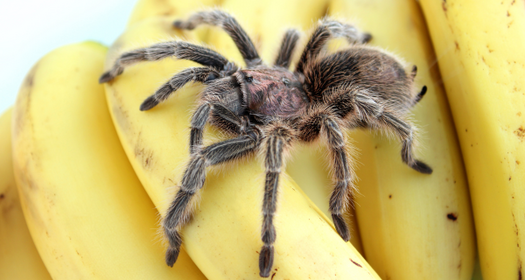
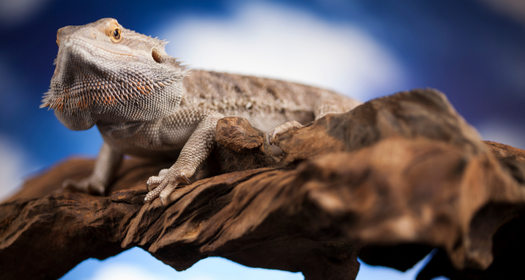
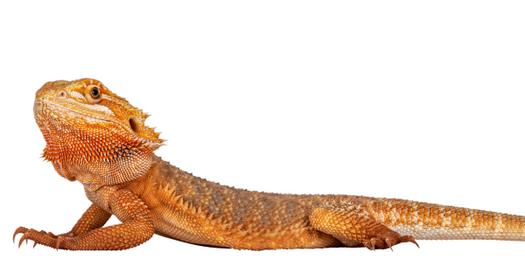
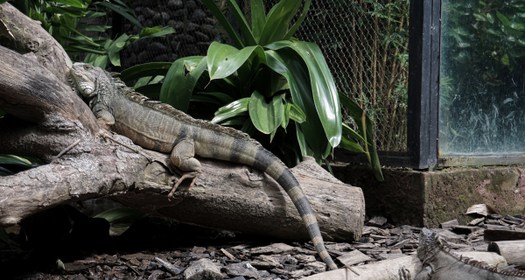
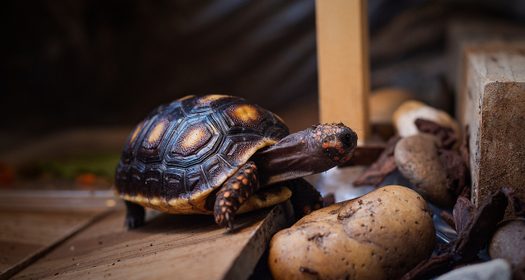



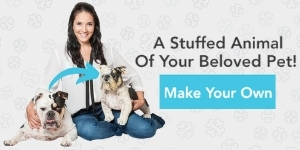
Leave Comment Below